As an Agile Coach, I support the setting of goals that can be worked on together to bring the Agile team and stakeholders closely together.
Although teams often carry out their day-to-day activities based on Scrum, we are also working on Evidence-Based Management (EBM) at the same time in order to spread the Empirical Approach to the wider area and gain synergistic effects.
However, there is often confusion in goal setting. I consider that this is due to the ambiguity of the granularity and responsibility handled by EBM. This is not a problem with the EBM framework, but I see it as a problem that occurs when the organization, team, and vision are not yet mature.
This is why I have developed and use the Strategic Goal Canvas to assist with goal-setting based on an empirical approach based on EBM.
As an Agile Coach, I support the setting of goals that can be worked on together to bring the Agile team and stakeholders closely together.
Although teams often carry out their day-to-day activities based on Scrum, we are also working on Evidence-Based Management (EBM) at the same time in order to spread the Empirical Approach to the wider area and gain synergistic effects.
However, there is often confusion in goal setting. I consider that this is due to the ambiguity of the granularity and responsibility handled by EBM. This is not a problem with the EBM framework, but I see it as a problem that occurs when the organization, team, and vision are not yet mature.
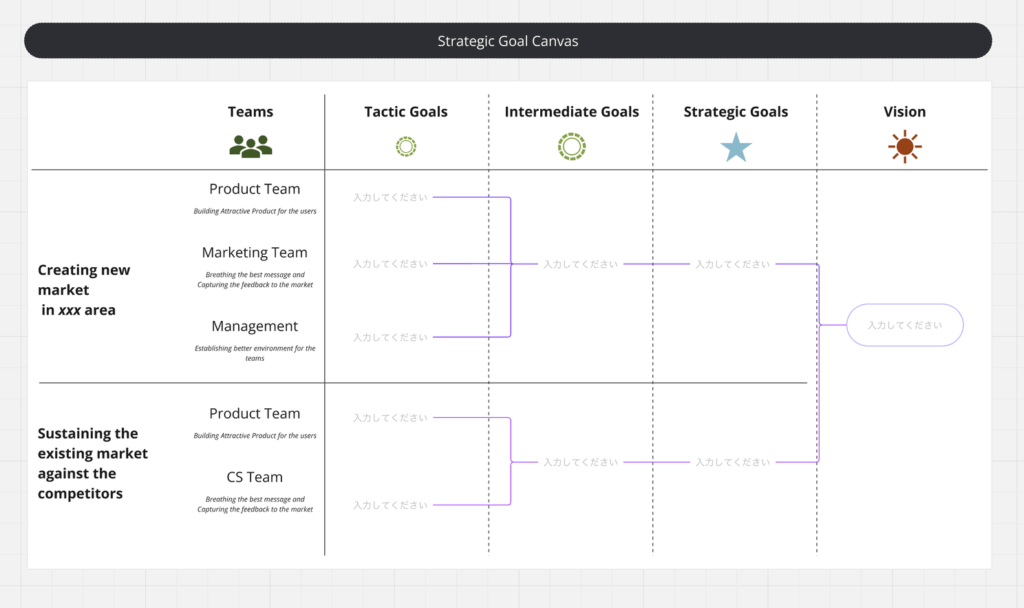
On this canvas, we will clarify the strategic goals based on the vision of the company or organization. As shown in the figure, there may be multiple strategic goals depending on the vision.
I have found that, as the organization grows, or if the people setting the goals have a narrow perspective, there is a tendency for the strategic goals to become too broad or trivialized. To solve this, I have made it a rule to clearly state the strategic goals based on the vision.
Since intermediate goals are more tangible goals that lead to the strategic goal, there should normally be a one-to-one relationship, and there should be.
Immediate tactical goals are goals that lead to the intermediate goal, but because different teams with different missions and characteristics can use different tactics, it may be better to set them individually.
At this time, it is important to clearly define the mission of each team. By clearly defining which teams are responsible for which activities, the organization will be able to set individual and shared goals appropriately.
When setting goals based on the company vision, it is essential to clearly identify the Product Portfolio and the goals that should be shared, as well as the goals that should be set individually. This is also related to investment in products.
The Strategic Goal Canvas was developed by me to complement the EBM framework and other goal-setting methods, and is used by many organizations to reduce ambiguity in goal-setting and identify what each team is aiming for and what can produce synergy effects.
The reason I have decided to publish the Strategic Goal Canvas as an article this time is because I want to receive your honest feedback. I plan to improve it based on your feedback, and I hope to contribute to the success of the organizations I support by working with them and brushing up this canvas.
This canvas was created using Miro, so if there are any requests, I would like to consider publishing it on the miroverse.
Actually, I have also developed something called an “Experimental Kanban board” to track and visualize “experiments” aimed at each goal, and I am using it at the organizations I support. If I get the chance, I would like to introduce this experimental Kanban board as well. I look forward to your requests.
本記事の執筆者:

長沢 智治 - アジャイルストラテジスト
- サーバントワークス株式会社 代表取締役
- Agile Kata Pro 認定トレーナー
- DASA 認定トレーナー
認定トレーナー資格
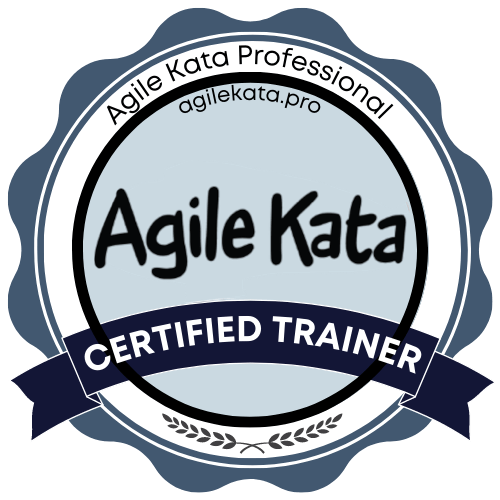
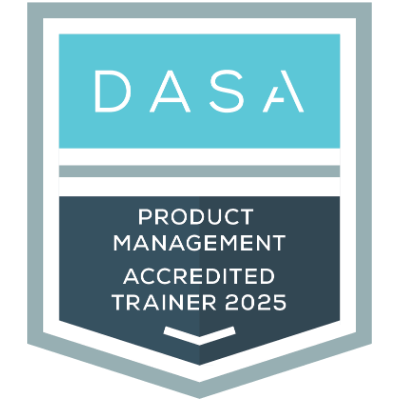
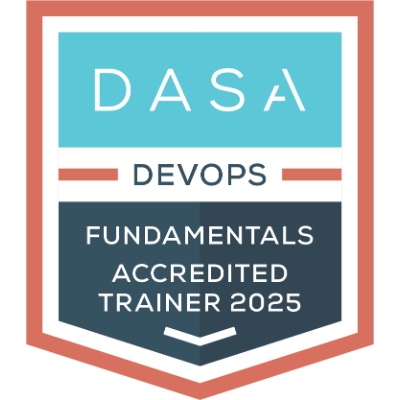
認定試験合格
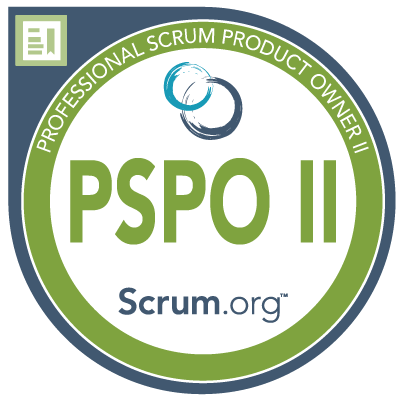
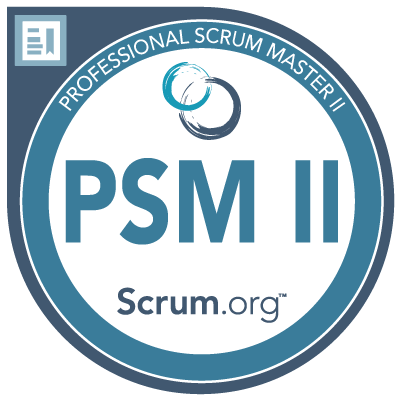
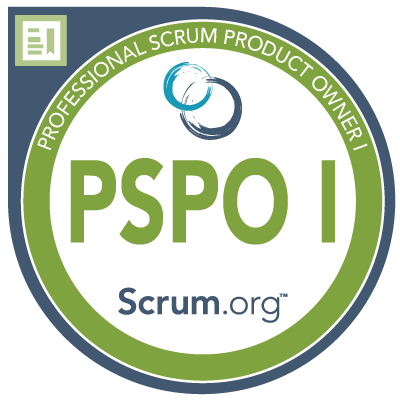
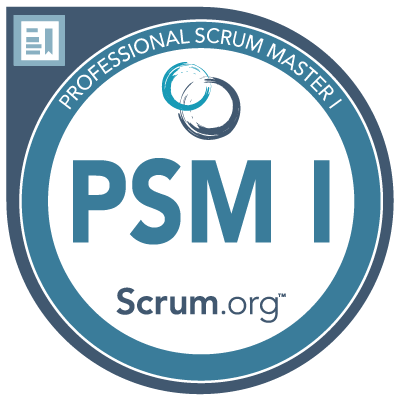
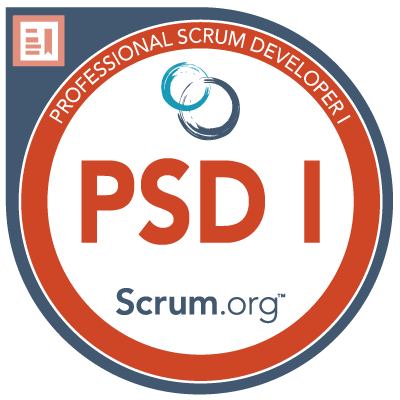
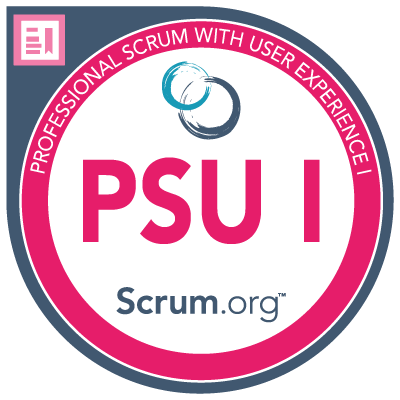
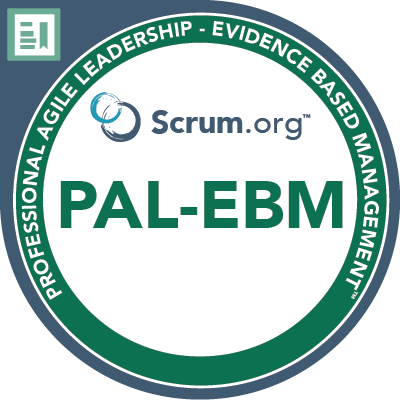
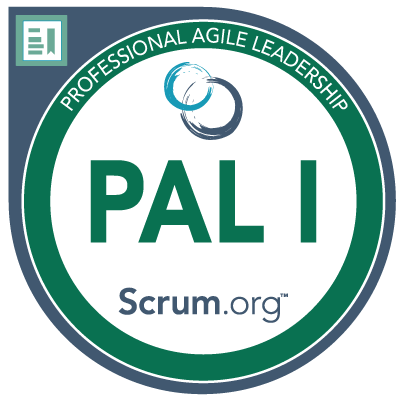

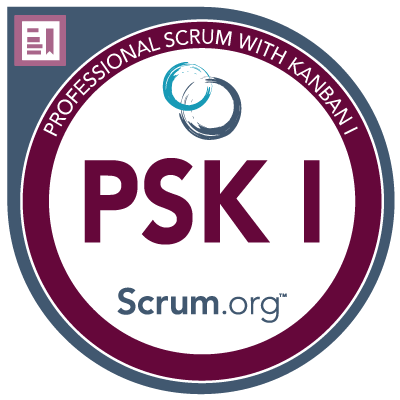
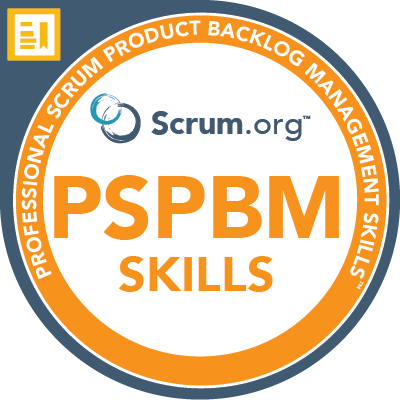
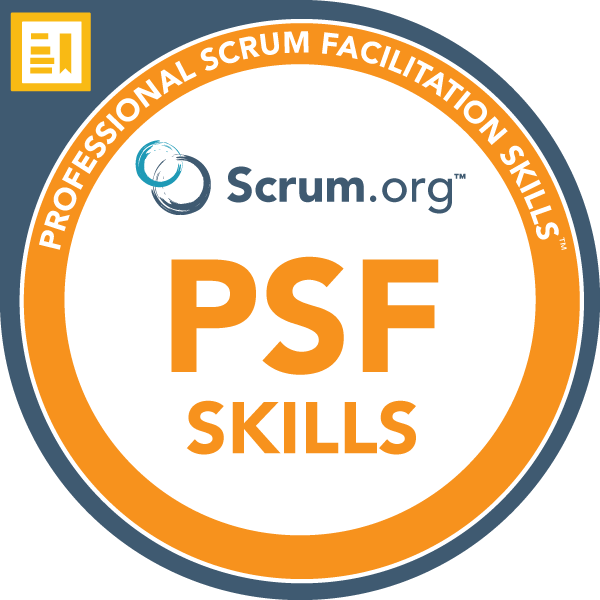
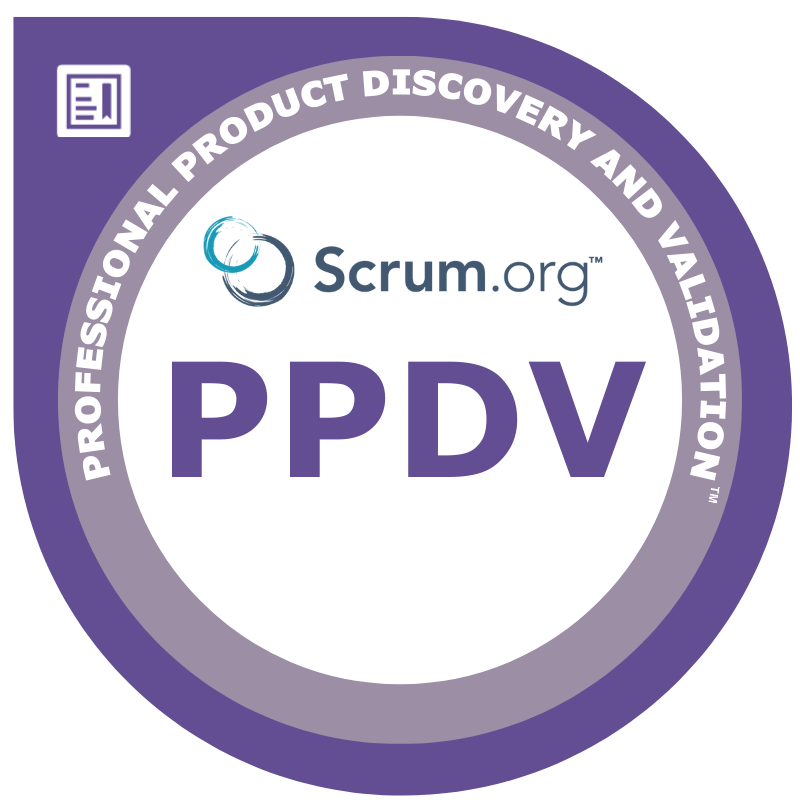
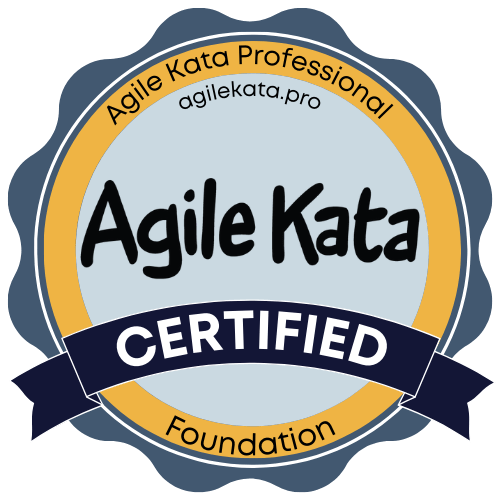
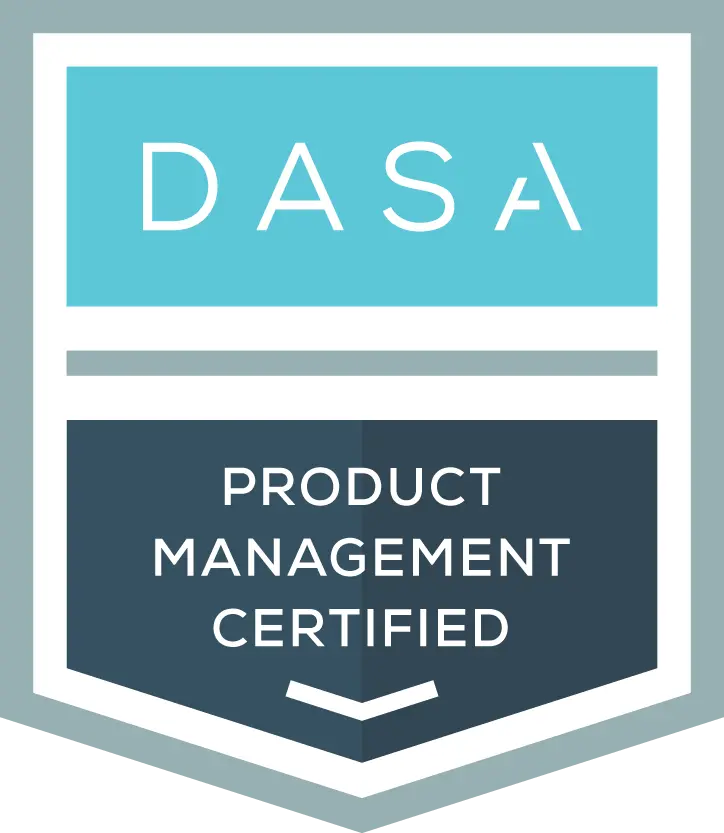
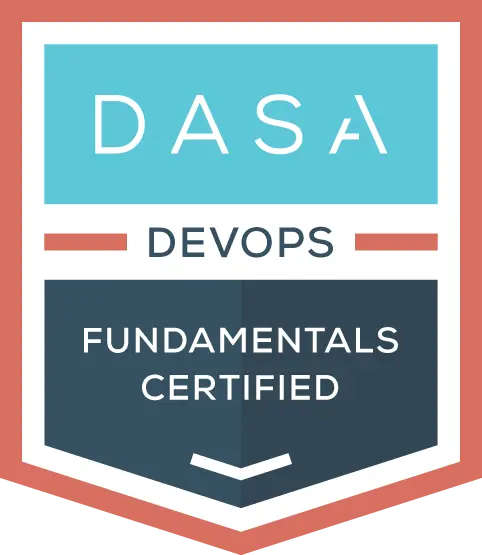
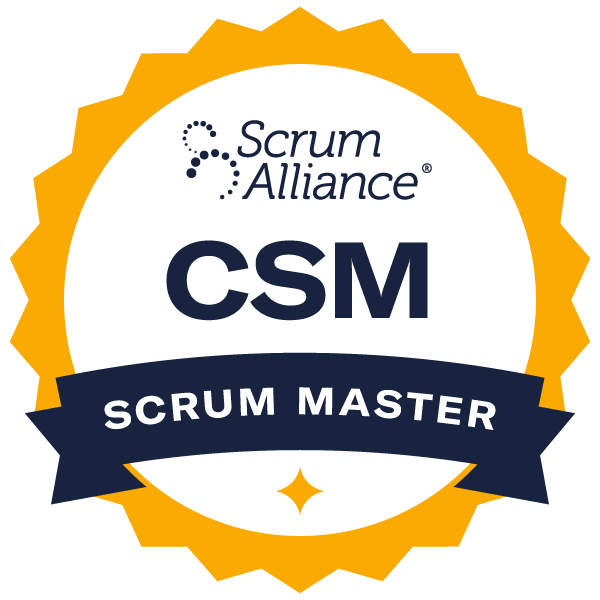
『プロフェッショナルアジャイルリーダー』、『More Effective Agile』、『Adaptive Code』、『今すぐ実践!カンバンによるアジャイルプロジェクトマネジメント』、『アジャイルソフトウェアエンジアリング』など監訳書多数。『Keynoteで魅せる「伝わる」プレゼンテーションテクニック』著者。
Regional Scrum Gathering Tokyo 2017, DevOpsDays Tokyo 2017, Developers Summit 2013 summer 基調講演。スクー講師。